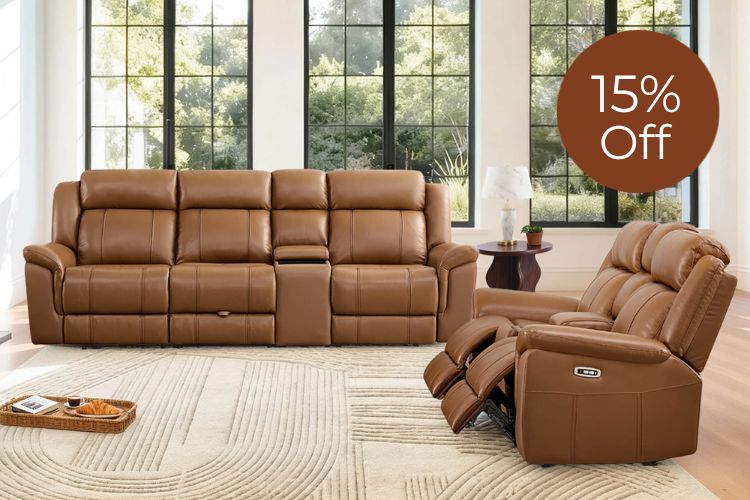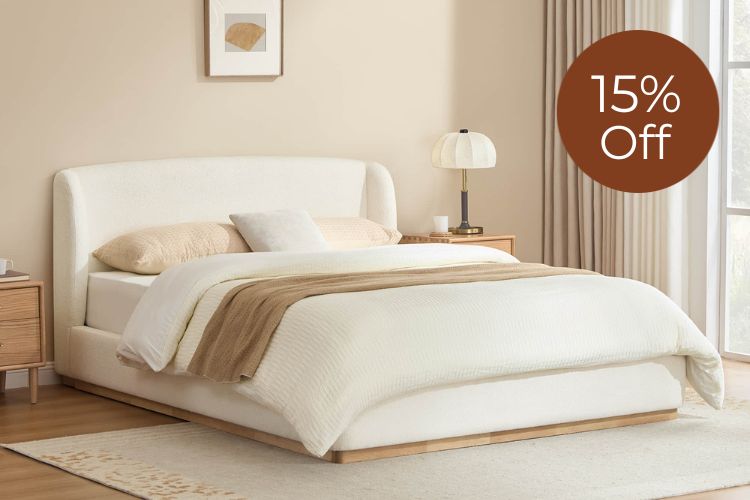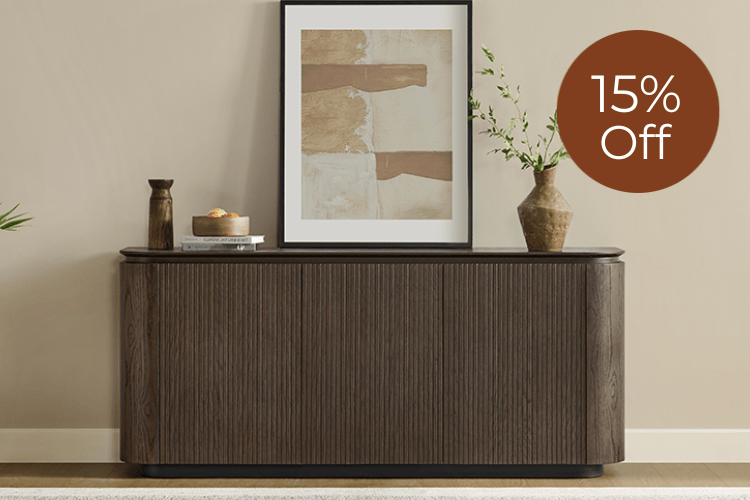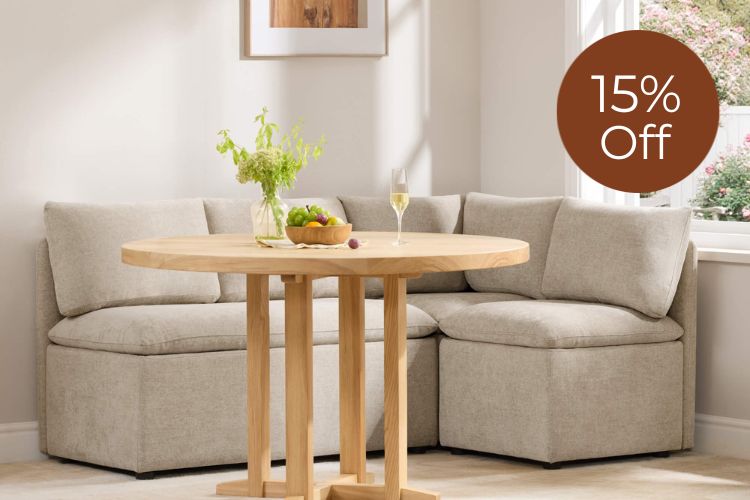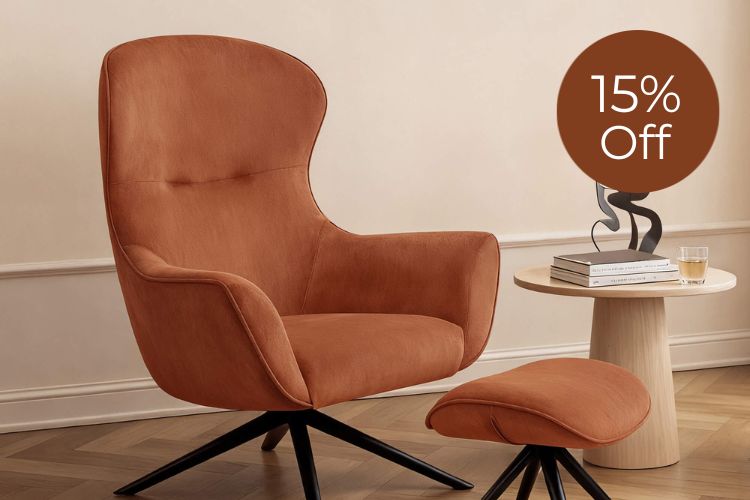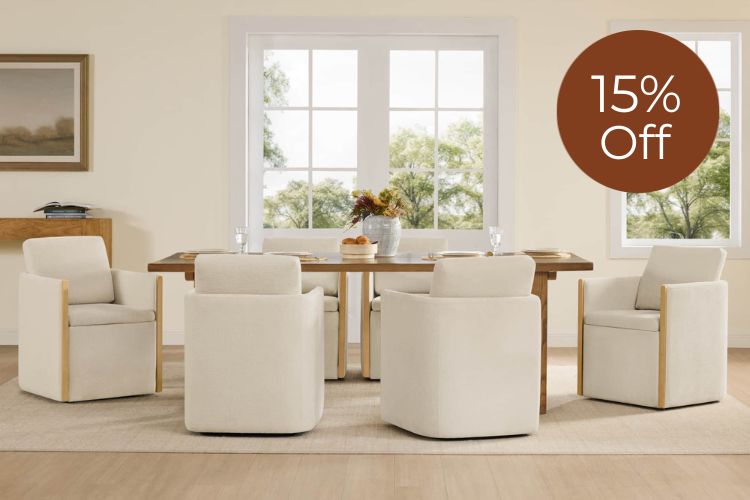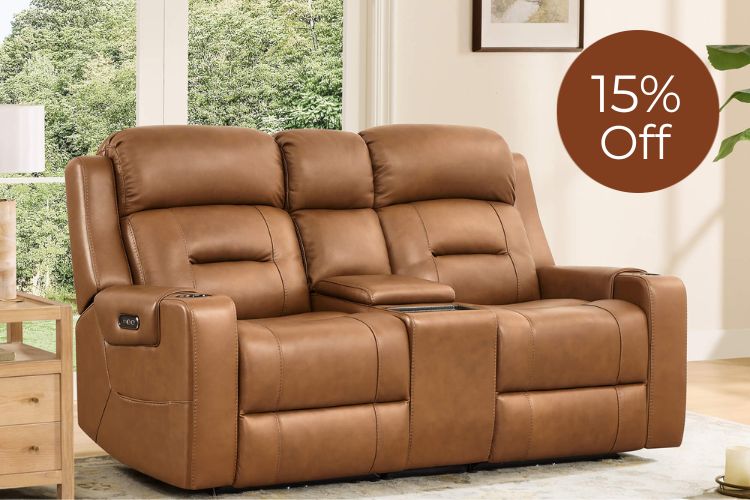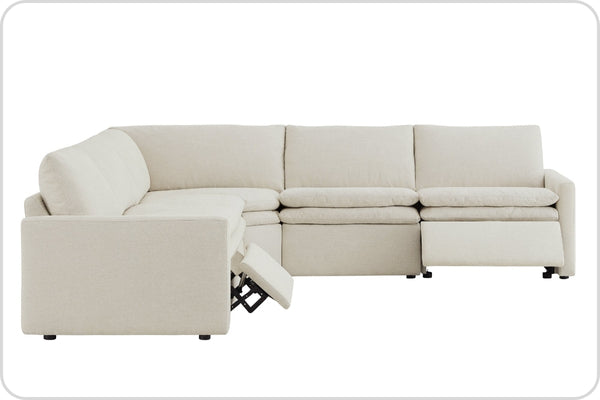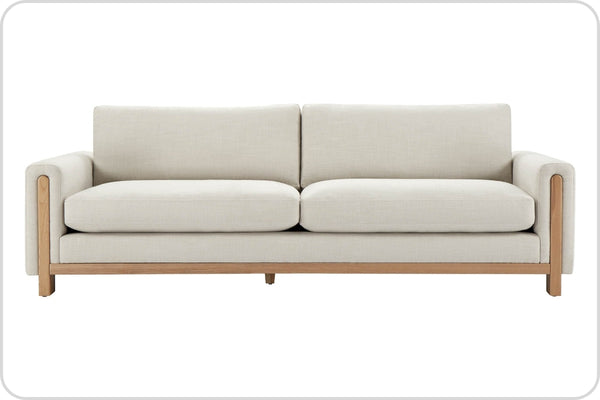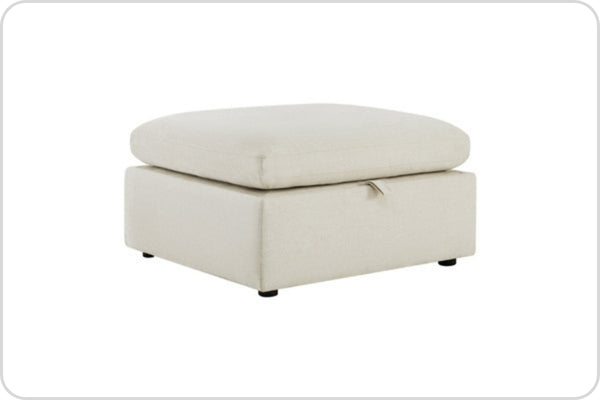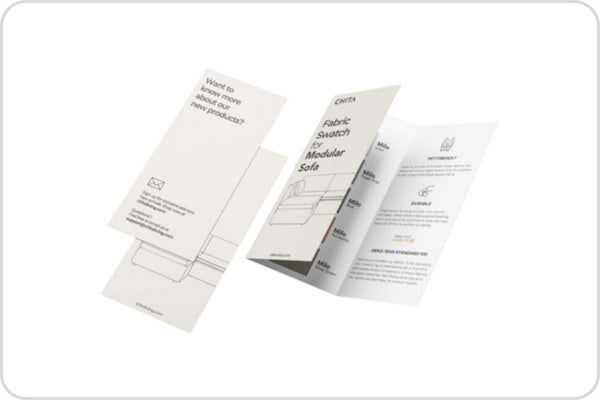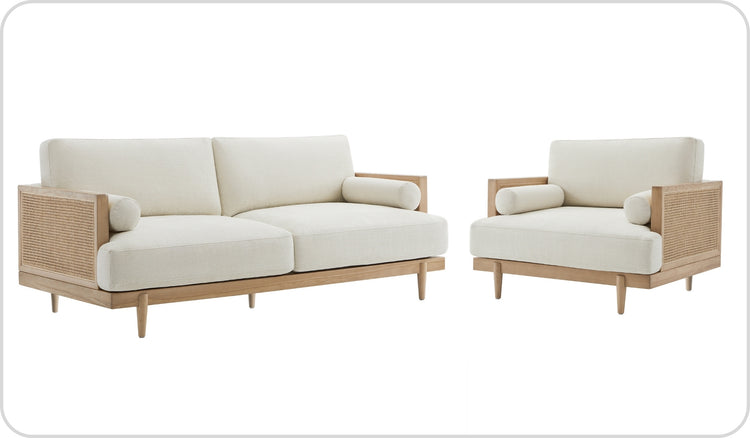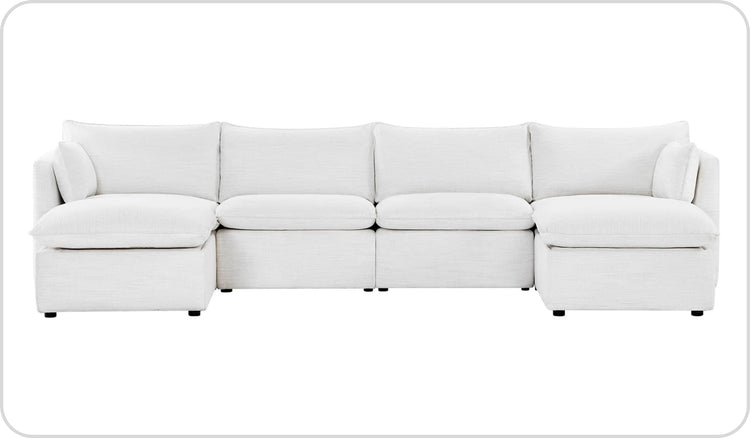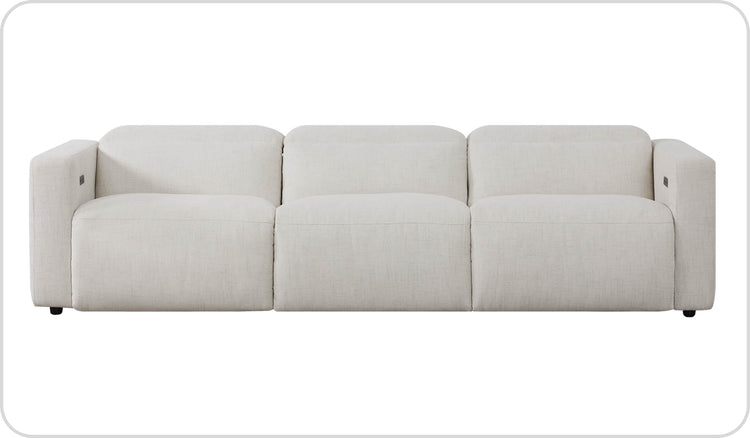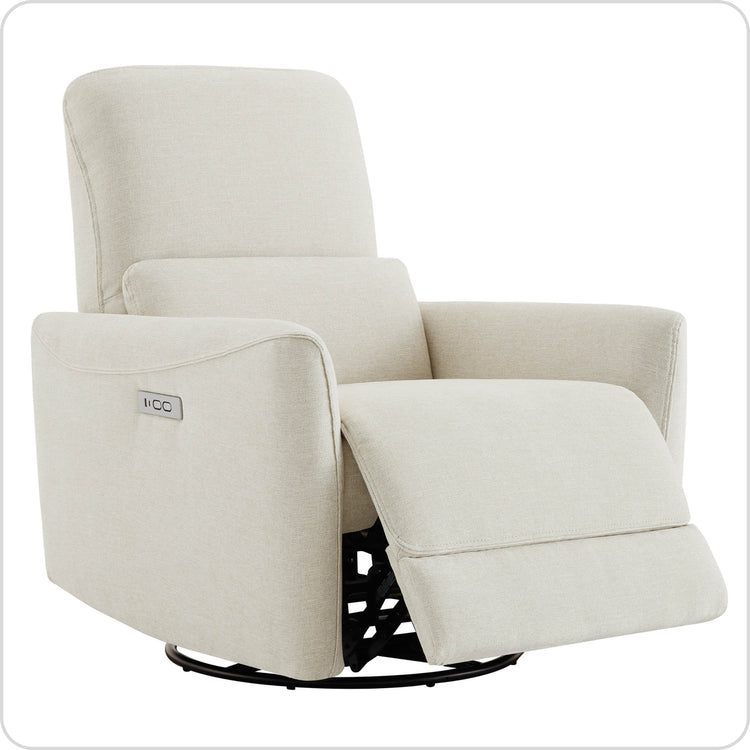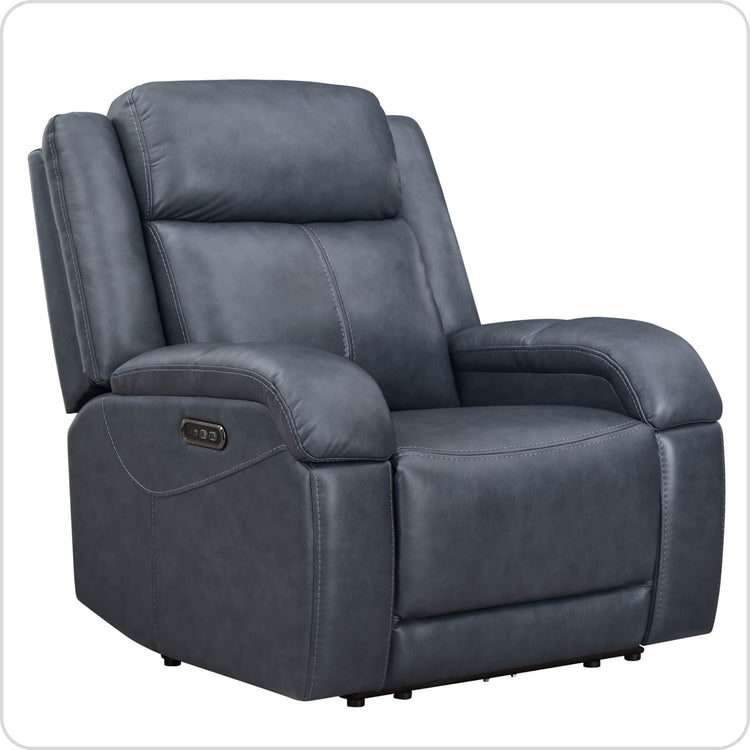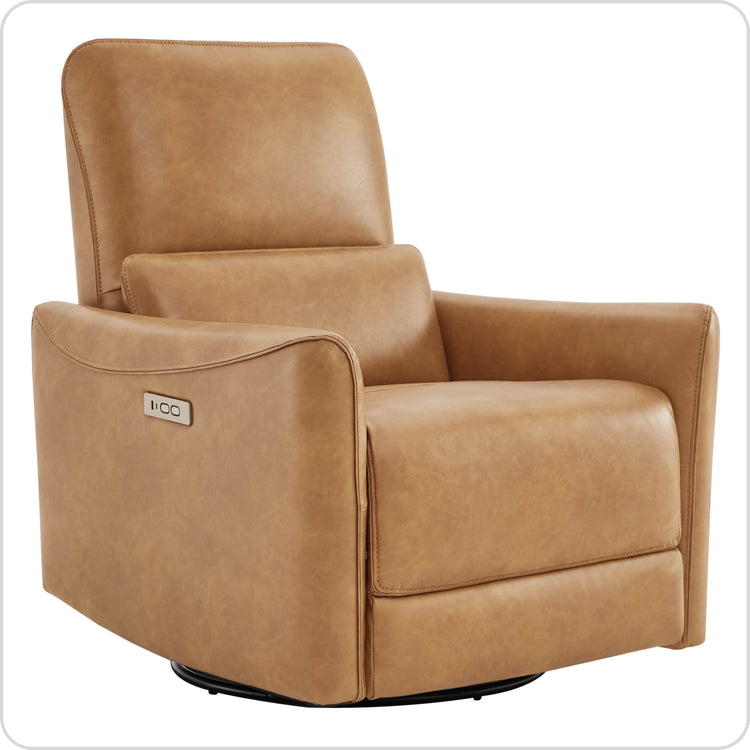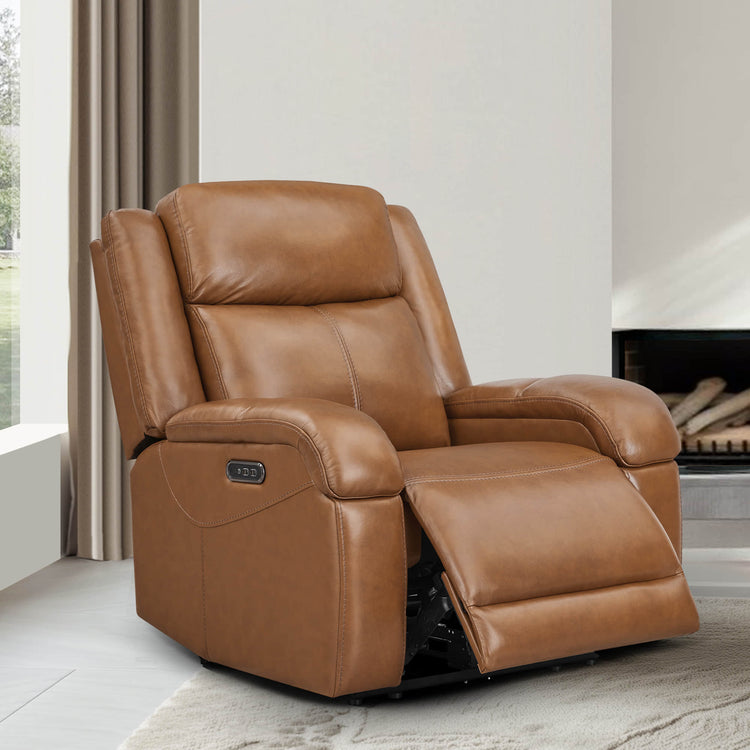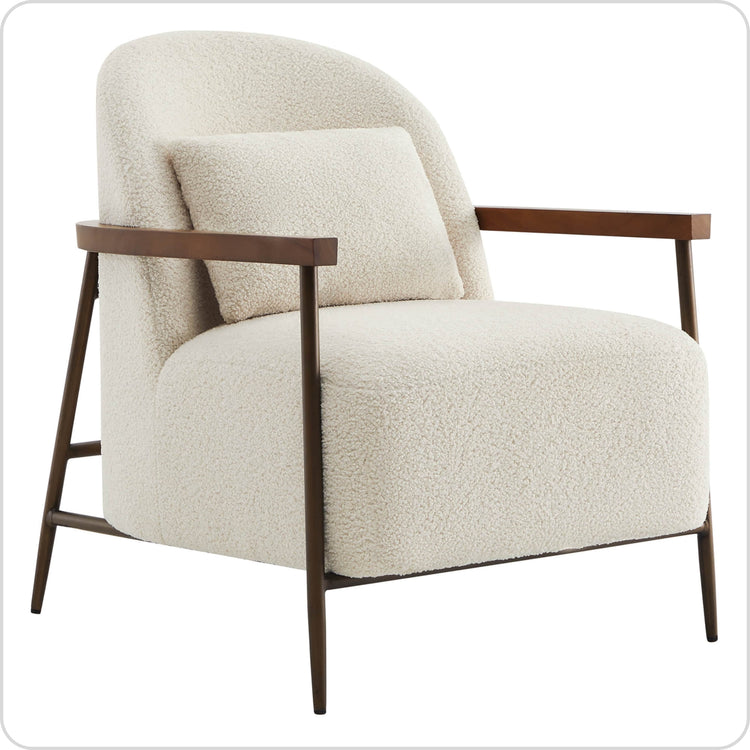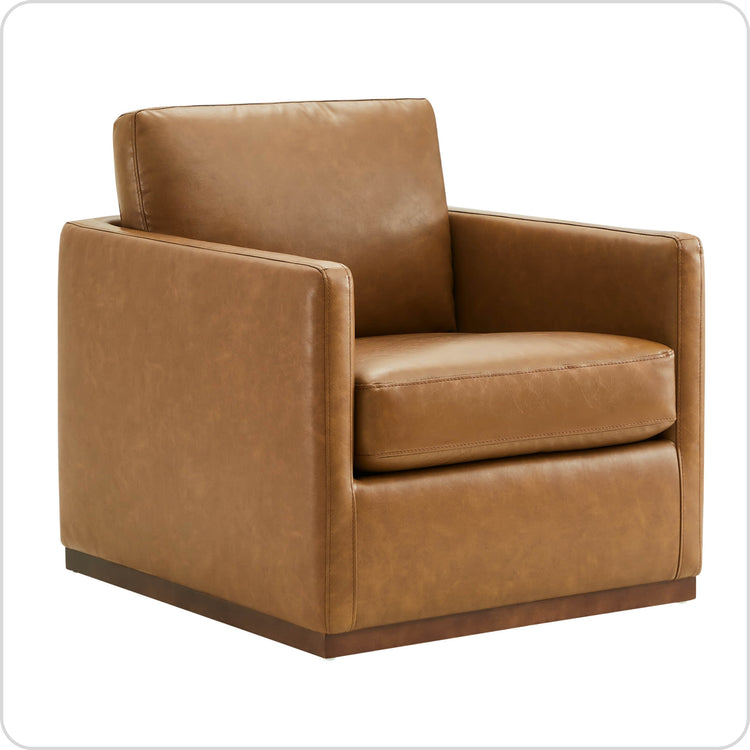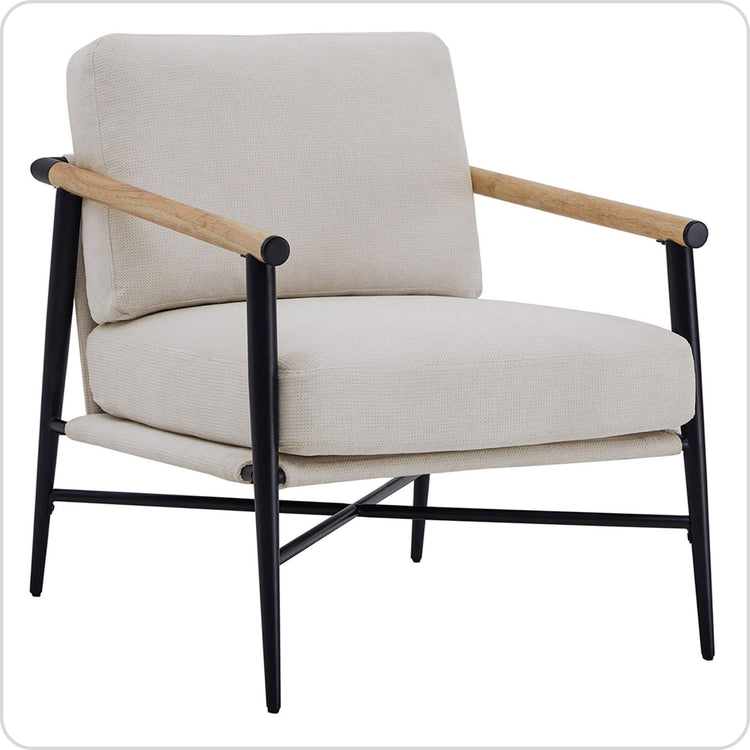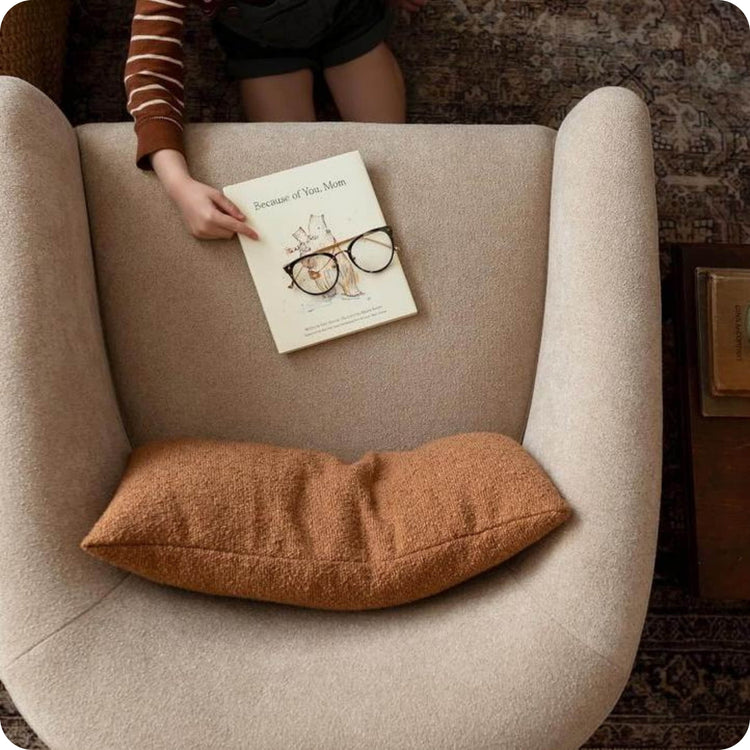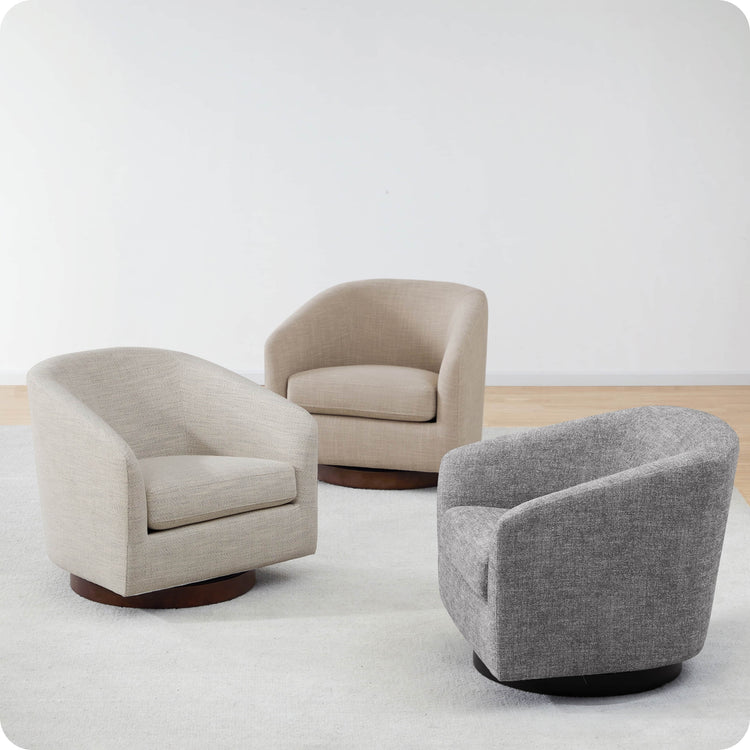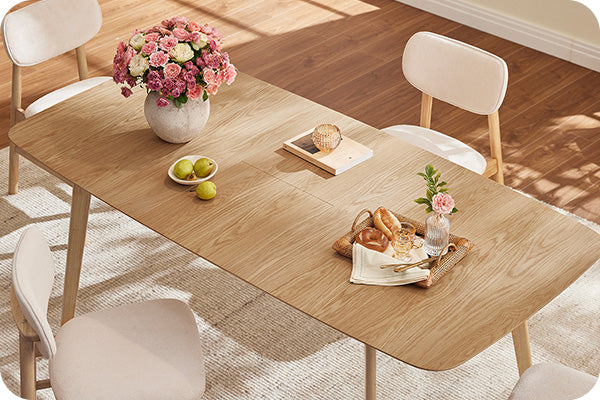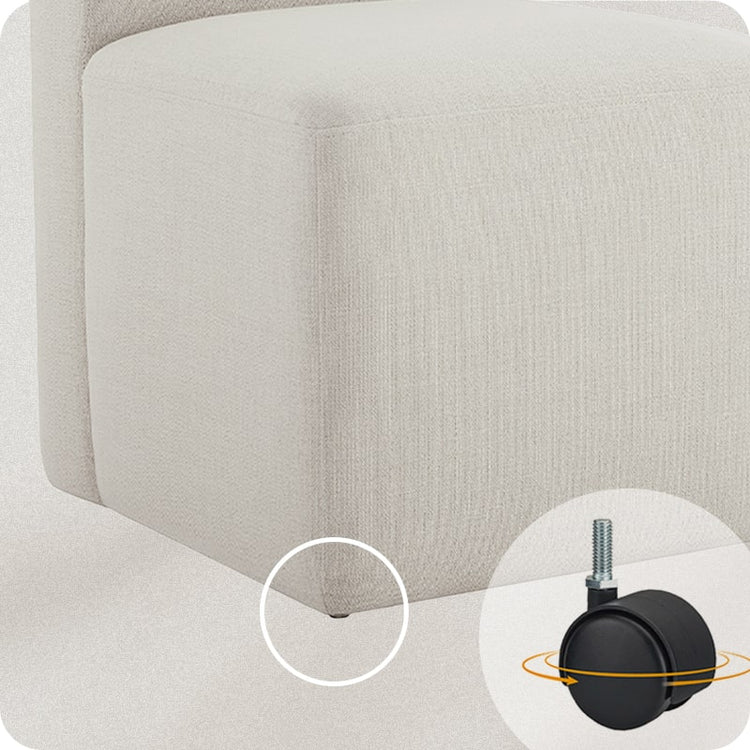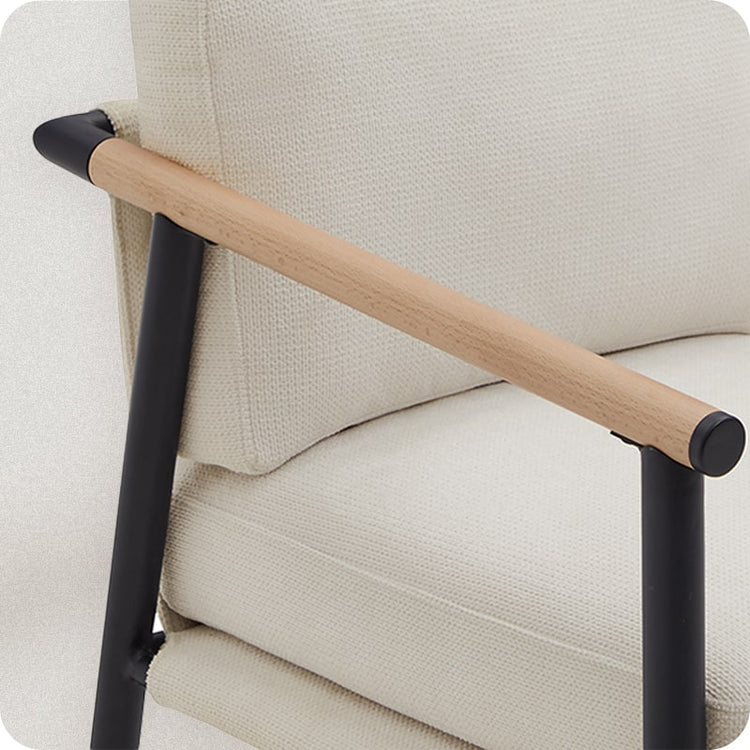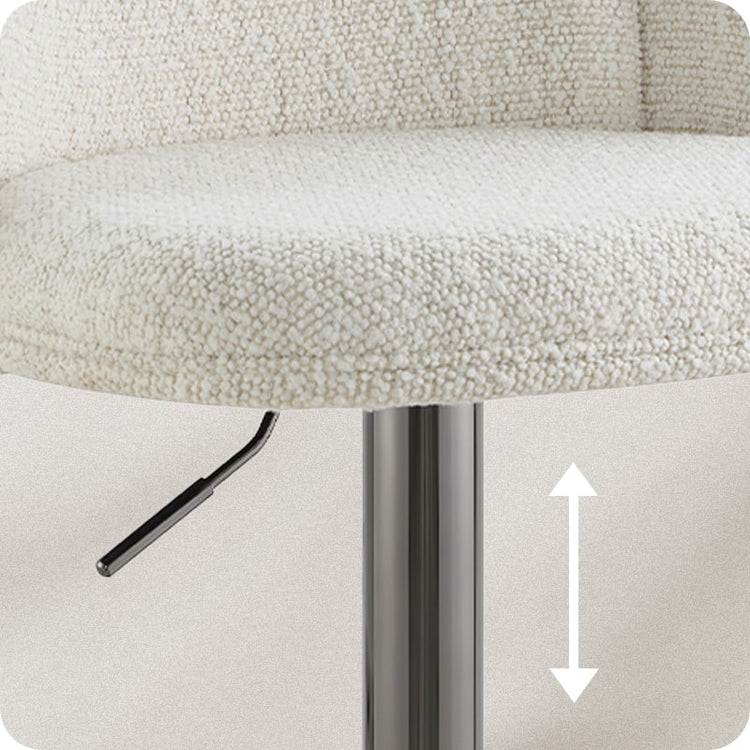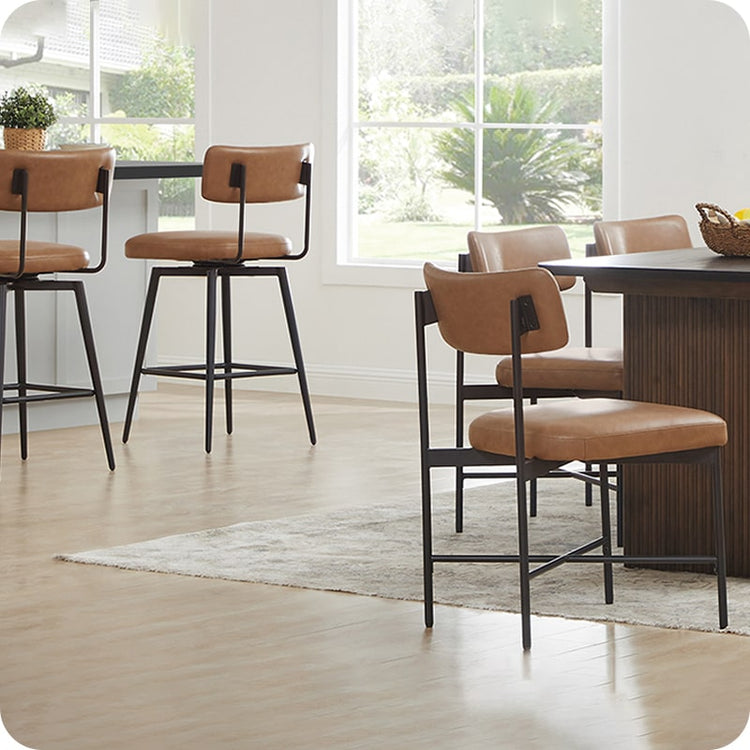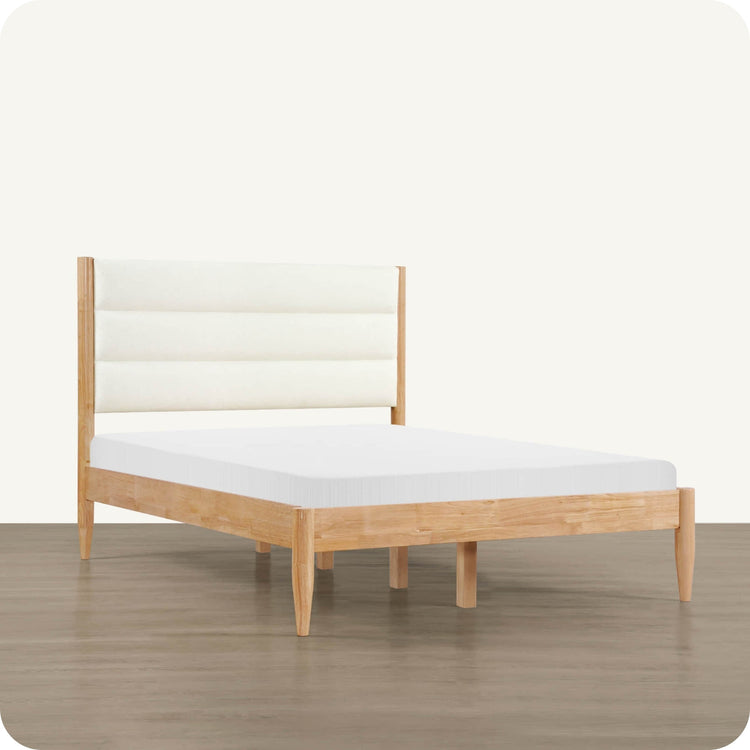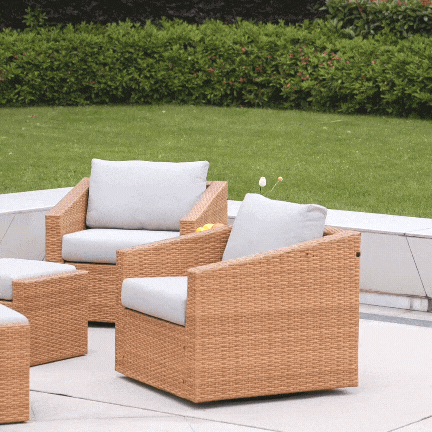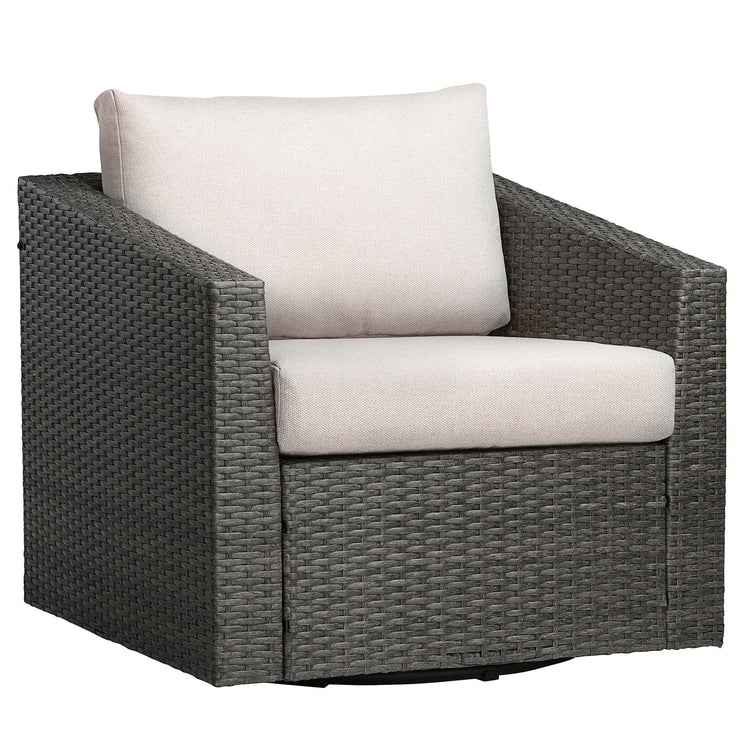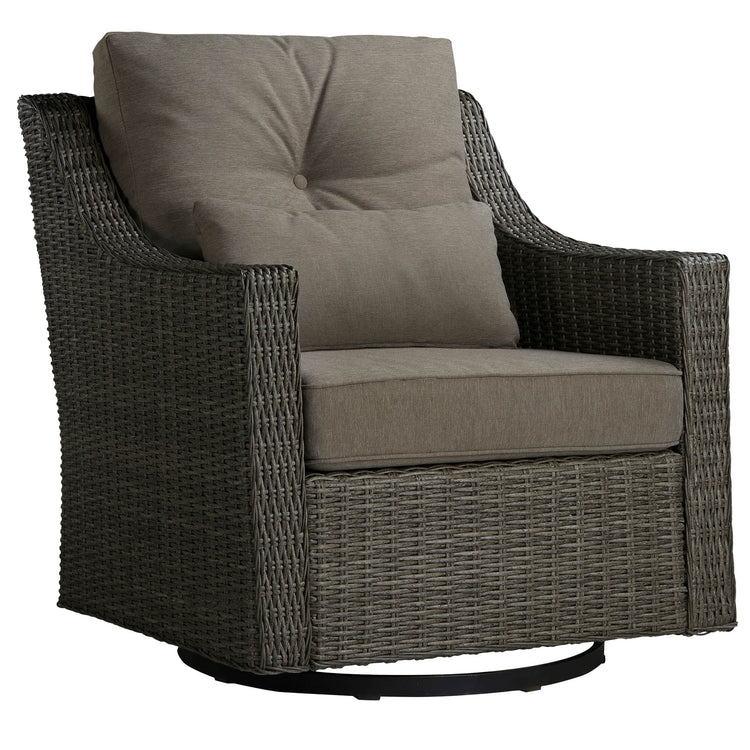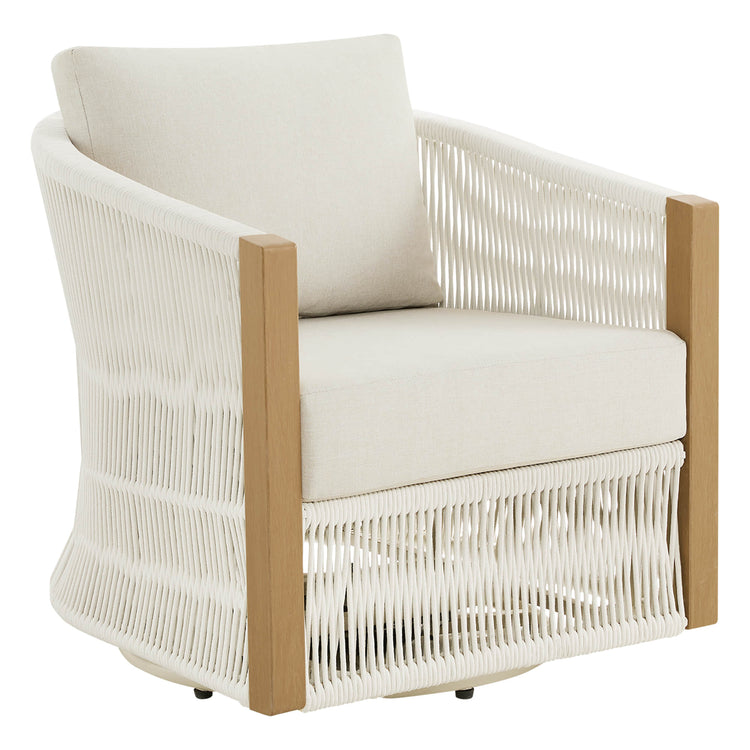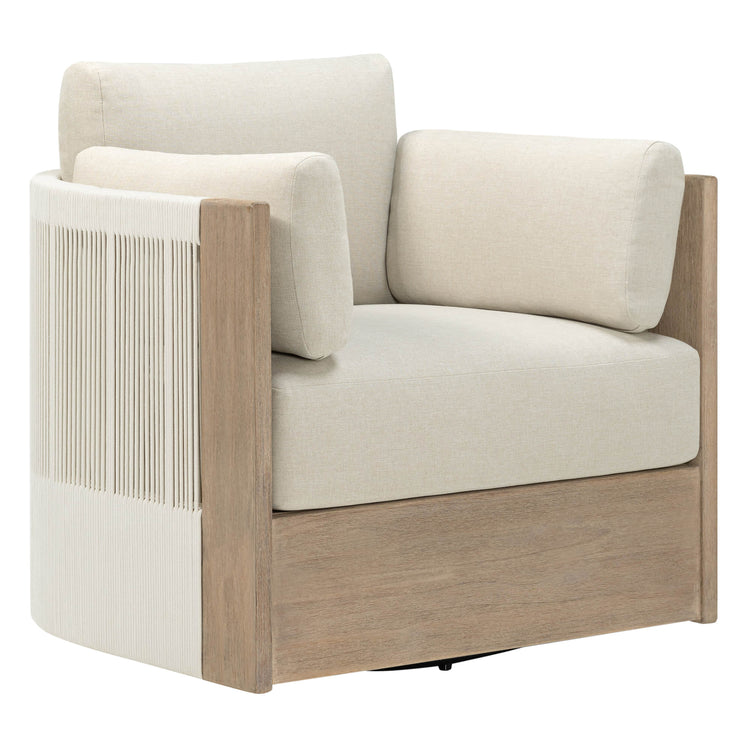Key Takeaway:
When you're picking out patio furniture, the best materials really depend on what you need and the kind of weather you get. For frames that can handle moisture, aluminum, teak, and synthetic resin are all excellent choices. And for fabrics that resist water and fading, solution-dyed acrylics and Textilene are definitely standouts. If you choose materials that make sense for your backyard and commit to some simple upkeep, you'll be able to enjoy a comfortable and stylish patio for many seasons.
We all envision a patio bathed in sunlight, a perfect spot for unwinding and hosting friends. However, outdoor furniture inevitably confronts the challenges of weather. Rain, intense sun, and humidity can take a toll, even on the most durable pieces. To ensure a patio that endures, it's essential to understand which materials offer genuine water resistance.
Water-Resistant vs. Waterproof vs. Weatherproof: What's the Difference?
When discussing outdoor furniture, it's necessary to clarify the distinctions between "water-resistant," "waterproof," and "weatherproof."
- While "water-resistant" materials can fend off light moisture for a while, they aren't designed for prolonged exposure.
- In contrast, "waterproof" signifies complete protection against water penetration.
- "Weatherproof" is a more encompassing term, indicating resilience against a range of environmental stressors, including rain, UV rays, and wind.
Moisture can lead to a host of problems for outdoor pieces, such as mold, mildew, rust, rot, and fading. Opting for durable, water-resistant materials is a wise choice, safeguarding both the appearance and functionality of your investment for years to come.
Top Water-Resistant Materials for Patio Furniture Frames
Here, let's look at some popular water-resistant options and see how they stack up.
Aluminum Frames: Naturally Rust-Proof and Lightweight
Aluminum is a really popular choice for outdoor furniture, and for good reason. It naturally resists rust, so it won't corrode or weaken when it gets wet. Plus, it's lightweight, making the furniture easy to move around if you like changing up your patio setup. This makes it a great option for humid areas or poolside furniture that might get splashed.
That said, aluminum doesn't always bring the same natural, earthy aesthetic as other materials, like wood or wicker offer. If you're going for a more organic or rustic patio vibe, aluminum might feel a bit too sleek or modern, but you can still warm it up to match your style with the right cushions or finishes.
Teak Wood: Classic Looks with Natural Protection
Teak is well-known for its high natural oil content, which acts like a built-in water repellent. This dense hardwood holds up well outdoors, gradually weathering to an attractive silvery-gray color over time. It's a classic pick if you want furniture that's both durable and elegant.
Synthetic Resin/Wicker: How Durable and Stylish Can It Be?
Synthetic resin, often called all-weather wicker, is typically made from durable plastic fibers like polyethylene. It gives you the look of natural wicker but stands up much better to the weather. This material resists fading, cracking, and mold, making it suitable for just about any climate.
It's also worth knowing the difference between rattan and wicker—a common point of confusion. Rattan is a natural material, a type of vine often used to make furniture, while wicker refers to the weaving technique used to shape the furniture, not the material itself. So, when we say "all-weather wicker," we're really talking about synthetic materials woven in a wicker style—not actual rattan.

The Liana Wicker Outdoor Collection features handwoven all-weather resin wicker, combining durability and style to create a cozy and inviting outdoor retreat.
FSC-Certified Acacia Wood: Sustainable and Water-Resistant
Acacia wood, especially if it's FSC-certified, is a more eco-friendly option. It has natural oils that offer decent water resistance and give it a warm, inviting look. The FSC certification means the wood comes from forests managed responsibly, which is a nice bonus if sustainability matters to you.

Evoking the Sienna Acacia Wood Rope Outdoor Collection, this inviting space features sustainably sourced, water-resistant FSC-certified Acacia wood furniture.
Rope Woven Materials: Not All Are Created Equal for Outdoor Use
While natural fibers like cotton, jute, and sisal quickly deteriorate when exposed to moisture, synthetic options offer better durability. Polypropylene (PE) rope is a great water-resistant option for outdoor furniture, preventing mold, mildew, and UV damage while retaining its appearance through a variety of weather conditions, which makes PE rope-woven furniture perfect for patios, decks, and poolside areas.

The Acker Woven Outdoor Collection combines modern elegance with durable Polypropylene (PE) rope, making it moisture-resistant and perfect for creating a luxurious outdoor seating area.
Water-Resistant Fabrics: What Materials Keep Cushions Dry and Vibrant?
Of course, the frame isn't the only thing that needs to handle the weather. The fabric on your cushions or slings is just as important for water resistance. Knowing a bit about outdoor fabrics helps you pick furniture that stays comfy and sharp, rain or shine.
Solution-Dyed Acrylics (like Sunbrella): Why They're Often the Top Pick
Many people recommend solution-dyed acrylic textiles like Sunbrella for outdoor cushions. They're manufactured by mixing color pigment into liquid acrylic solution before it becomes a fiber. This keeps the color in, making the fabric stain- and fade-resistant. Fast drying helps prevent mold and mildew in certain materials. Most spots are easy to clean with basic soap and water. Avoid damaging the fabric's color by gently using diluted bleach for stubborn stains.
Olefin: Great Water Resistance and Eco-Friendly Too
When you're looking for water-resistant outdoor fabrics, Olefin (which is also called polypropylene) is definitely worth checking out. One of the best things about Olefin is that it naturally sheds water all on its own – no extra chemical coatings needed. This makes it automatically water-resistant. Because it handles moisture so well, it's also great for humid spots, as it strongly resists mold, mildew, and bacterial growth.
Olefin is tough when it comes to sun exposure too. It holds its color exceptionally well, so you don't have to worry as much about fading even after it's been out in the sun for a long time. As a bonus, Olefin is generally considered better for the environment than many alternatives. It takes less energy to make, and it's 100% recyclable. While it's often more budget-friendly than solution-dyed acrylics, Olefin delivers very similar performance. It's a solid choice for outdoor cushions that need to handle the weather and still look good season after season.

The Clover Acacia Wood Rope Outdoor Collection presents a stylish patio setup featuring comfortable seating with olefin.
Outdoor Polyester: A Budget-Friendly, Water-Repellent Choice
Polyester is a cheaper alternative to acrylics for outdoor use. Water-repellent finishes help it repel light rain and spills. It performs well, but solution-dyed acrylic is more durable and fade-resistant, especially in harsh sun or rain. Keeping it clean with soap and water helps. Fabric protection spray can also restore its water repellency.
Textilene: Breathable, Fast-Drying PVC-Coated Yarn
A durable polyester mesh coated with PVC, Textilene is a unique outdoor fabric. Usually used for sling chairs and loungers. This mesh material is breathable, keeping you cool, and it dries rapidly after rain because water can travel through. It resists mold, mildew, and fading. The smooth PVC coating makes cleaning easy—most dirt is wiped off with soap and water.
How to Maintain and Care to Extend the Life of Water-Resistant Furniture
Choosing water-resistant materials is a great start, but taking good care of your patio furniture is how you really make it last season after season. A little effort goes a long way in keeping it looking good and ready for use.
Give it Regular Cleanings
This sounds basic, but it's probably the most important thing you can do. Dirt, pollen, bird droppings, and sunscreen residue can build up and, over time, can stain or even damage surfaces.
- How Often? Aim for a quick wipe-down every few weeks during the seasons you're using it. Give it a more thorough cleaning at the beginning and end of the outdoor season.
- What to Use? For most frames (aluminum, synthetic wicker) and fabrics (acrylic, polyester, Textilene), mild dish soap mixed with warm water and a soft cloth or sponge is perfect. Avoid abrasive cleaners or stiff brushes on frames, as they can scratch. For wood like teak or acacia, follow specific cleaning recommendations, often involving a soft brush. Rinse everything thoroughly with clean water afterwards to remove any soap residue.
- Stubborn Stuff. For things like mildew on fabric, check the manufacturer's instructions – sometimes a diluted bleach solution is okay for solution-dyed acrylics, but always test in a hidden spot first.
Note: Some people like to apply teak oil periodically to maintain its warm, honey color and boost water resistance, but that's totally optional.
Store it Smart During the Off-Season
If you live somewhere with cold winters or distinct off-seasons, putting your furniture away properly makes a huge difference. Leaving it exposed to harsh winter conditions (ice, snow, freezing rain, strong winds) can shorten its lifespan, even if it's water-resistant. A dry garage, shed, or basement is ideal. Anywhere covered and protected from the elements works.
- Clean everything thoroughly before you store it. You don't want dirt and grime sitting on the surfaces for months.
- Make sure cushions are completely dry to prevent mold and mildew growth in storage.
- Stack chairs carefully if possible, maybe putting padding between frames to avoid scratches.
Use Protective Covers Wisely
Furniture covers are another great way to protect your investment, both during the off-season (if you can't store furniture indoors) and even during the main season. Covers shield furniture from rain, UV rays (which cause fading), dust, pollen, and bird droppings, reducing how often you need to do deep cleans.
- Choose covers made from breathable, water-resistant fabric. If they aren't breathable, moisture can get trapped underneath, potentially leading to mold or mildew.
- Ensure they fit well – too tight can be hard to put on/off, too loose can flap in the wind or allow debris underneath. Look for features like vents, drawstrings, or buckles to keep them secure.
- Even with covers, try to brush off standing water or snow after heavy precipitation to prevent pooling and stress on the fabric.
Tackle Small Repairs Promptly
Keep an eye out for little issues and fix them before they become big problems.
- Check for loose screws or bolts on frames and tighten them.
- Look for small scratches on metal frames – touching them up with manufacturer-recommended paint can prevent rust from starting on any exposed metal (though less of a concern with aluminum).
- Inspect fabrics for tiny tears or fraying seams and stitch them up if possible.
- Check wood for any signs of splitting or cracking that might need sealing.
Fixing small things quickly prevents water from getting into places it shouldn't, stops tears from getting bigger, and keeps the furniture structurally sound and looking its best.
FAQs About the Patio Water-Resistant Furniture
Q: Can I just leave my water-resistant furniture out in heavy rain?
While "water-resistant" means it can handle typical showers pretty well, it doesn't mean fully waterproof. Leaving furniture out constantly during heavy downpours or prolonged wet weather isn't the best idea, as it can still lead to wear and tear over time. It's best to cover or store furniture during severe weather.
Q: How often should I really clean my outdoor cushions?
Spot-clean them whenever you see spills or dirt – the sooner, the better! For a more general cleaning, maybe once a month or so when you're using them regularly, or just whenever they start looking a bit dingy. Keeping up with cleaning helps prevent everyday grime from setting in and is a big step in stopping mold or mildew from starting. For Olefin fabrics specifically, they are machine washable in cold, gentle cycle. Dry flat and do not dry clean.
Q: What's the best way to keep mold and mildew away?
The key is making sure everything dries out thoroughly. After rain or cleaning, let the furniture air dry completely. Good airflow helps a lot. If you're storing cushions or putting furniture away for the off-season, make absolutely sure they are bone dry first and keep them in a place that isn't damp.
Q: Is it safe to use bleach on outdoor fabrics?
You have to be careful with bleach. For solution-dyed acrylic fabrics (like Sunbrella), a very diluted bleach solution is often recommended for tough stains, because the color goes all the way through the fibers. But, you should always check the specific care instructions for your fabric first! For most other outdoor fabrics, like polyester, avoid bleach entirely – it will likely cause fading or damage the material.
